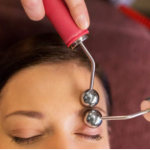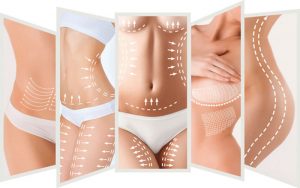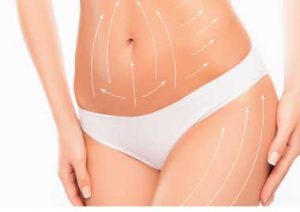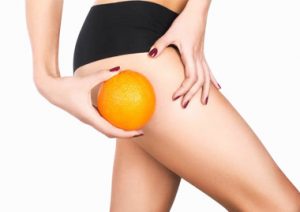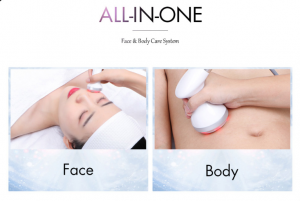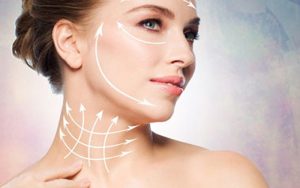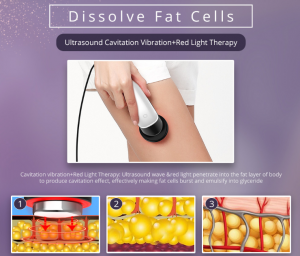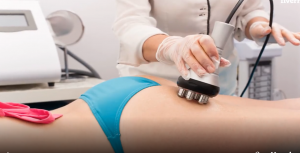
Ultrasonic Cavitation: What It Is and How It Compares to Other Body Sculpting Treatments
In keeping with the increase in demand for non-surgical alternatives to liposuction, a slew of new body sculpting options are now being offered to American consumers. These treatments use machines that deliver bursts of cold air, radio frequency energy, and even laser beams to rid the body of cellulite, stretch marks, and stubborn fat deposits.
Ultrasonic cavitation — also known as ultrasound cavitation, cavi-lipo, or ultra cavitation — is one of the latest body contouring options to hit the market. Here’s what you need to know about this increasingly popular fat-busting treatment.
What is ultrasonic cavitation?
Ultrasonic cavitation is a minimally invasive alternative to tumescent liposuction that uses ultrasonic waves to turn fat cells into free fatty acids, which are easier for the body to get rid of.
The midsection, upper arms, thighs, hips, and chin area can be targeted with these low-frequency ultrasound waves, which penetrate the skin and create bubbles around fat deposits. The bubbles then burst, causing the body to get rid of them naturally through the urinary tract and lymphatic system.
Proponents of ultrasonic cavitation say that the technology tones and tightens skin, without causing any pain or significant downtime. The machine essentially fragments body tissue with low fiber content, while leaving the tissue structures around it intact. This is why it is also used in conjunction with certain cancer treatments and surgeries, especially those involving the pancreas or liver.
Not a weight loss treatment
Ultrasonic cavitation is a circumferential reduction procedure. This means that you won’t be able to measure your success by how much fatty tissue you’ve lost, but instead by how many inches you’ve shrunk in your treatment area. In other words, it won’t provide the same fat removal power as liposuction, but it might help you slim down those love handles or upper arms.
Generally speaking, circumferential reduction is enough for people who just want to smooth, tighten, and tone a specific body area.
What to expect from your ultrasonic cavitation treatment
For best results, most patients require between 10 and 12 treatments in-office treatments, but many see up to one to 2 inches (5 cm) of circumference reduction after only five treatments. Each treatment session lasts for around 30 to 50 minutes.
To get the most out of your treatments, doctors recommend drinking water, maintaining a healthy diet, and exercising regularly in-between sessions. In fact, it’s important that patients drink at least 3 pints (1.5 L) of water before and after ultrasonic cavitation treatments in order to help the body expel the fatty acids.
You will probably be instructed to follow a low-calorie, low-carb diet for at least a day before the procedure, which will help you better burn fatty acid during the treatment and just after.
Anyone with a pacemaker, a cardiac or vascular disease, or another serious condition may not be eligible from this treatment. Due to the potential for metabolic harm in the cavitation process, people with diabetes should avoid ultrasonic cavitation.



